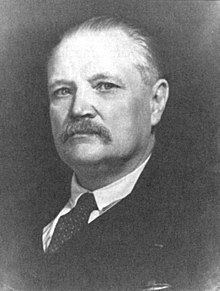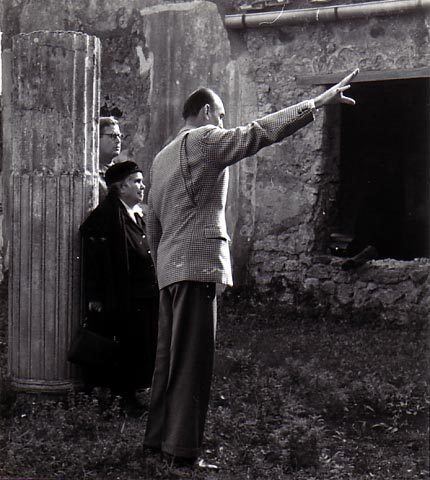Citizenship USA Nationality Russia | Name Michael Rostovtzeff | |
 | ||
Institutions University of St. PetersburgUniversity of Wisconsin—MadisonYale University Books The Social And Economic, Iranians & Greeks in South Ru, Mystic Italy, Caravan cities, The Animal Style in South Ru | ||
Third annual michael rostovtzeff lecture department of classics
Mikhail Ivanovich Rostovtzeff, or Rostovtsev (Russian: Михаи́л Ива́нович Росто́вцев) (November 10 [O.S. October 29] 1870, Zhitomir, Russian Empire – October 20, 1952, New Haven, USA) was an ancient historian whose career straddled the 19th and 20th centuries and who produced important works on ancient Roman and Greek history. He was a member of the Russian Academy of Science.
Contents
- Third annual michael rostovtzeff lecture department of classics
- Michael rostovtzeff
- Career
- The Social and Economic History of the Roman Empire
- Articles
- Books
- References

Michael rostovtzeff
Career

Rostovtzeff was the son of a Latin teacher. Upon completing his studies at the universities of Kiev and St. Petersburg, Rostovtsev served as an assistant and then as a full Professor of Latin at the University of St. Petersburg 1898–1918. In 1918, following the Russian Revolution, he emigrated first to Sweden, then to England, and finally in 1920 to the United States. There he accepted a chair at the University of Wisconsin–Madison before moving to Yale University in 1925 where he taught until his retirement in 1944. He oversaw all archaeological activities of the latter institution in general and the excavations of Dura-Europos in particular. He is believed to have coined the term "caravan city".

While working in Russia, Rostovtzeff became an authority on the ancient history of South Russia and Ukraine. He summed up his knowledge on the subject in Iranians and Greeks in South Russia (1922) and Skythien und der Bosporus (1925). His most important archaeological findings at Yale were described in Dura-Europos and Its Art (1938).
Glen Bowersock described Rostovtzeff's views as having been largely formed by the age of thirty, developing mainly only in the quality of execution in later life, and making him "the last of the nineteenth-century ancient historians". Rostovtzeff was known as a proud and slightly overpowering man who did not fit in easily. In later life, he suffered from depression.
The Social and Economic History of the Roman Empire
Rostovtzeff was notable for his theories of the cause of the collapse of the Roman Empire which he expounded in detail in his magisterial The Social and Economic History of the Roman Empire (1926). Scarred by his experience of fleeing from the Russian Revolution, he attributed the collapse of the Roman Empire to an alliance between the rural proletariat and the military in the third century A.D. Despite not being a Marxist himself, Rostovtzeff used terms such as proletariat, bourgeoisie and capitalism freely in his work and the importation of those terms into a description of the ancient world, where they did not necessarily apply, caused criticism.
Rostovtzeff's theory was quickly understood as one based on the author's own experiences and equally quickly rejected by the academic community. Bowersock later described the book as "the marriage of pre-1918 scholarly training and taste with post-1918 personal experience and reflection." At the same time, however, the detailed scholarship involved in the production of the work impressed his contemporaries and he was one of the first to merge archaeological evidence with literary sources. Today, Rostovtzeff's theories in this area continue to be rejected by scholars as untenable.
